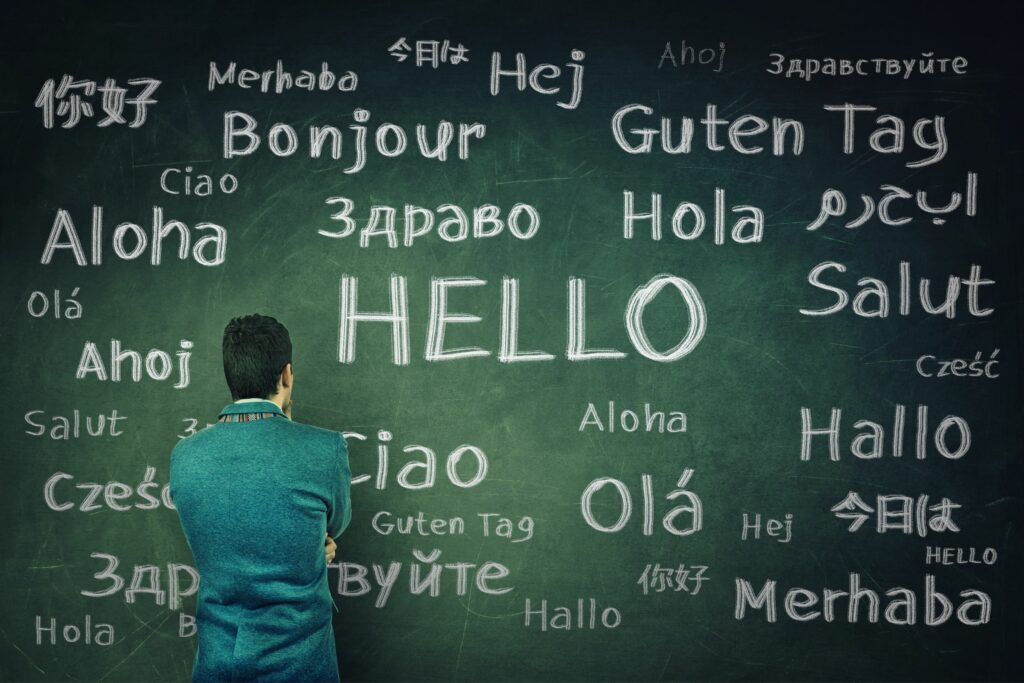Diversity is a treasure trove in linguistics, and one such gem is the Buginese language. In this article, we will delve into what Buginese is, how it is spoken, where it is found, the benefits of learning it, and provide some fascinating examples. By the end, you’ll also see the intriguing link between Buginese and the broader Indonesian language.
What is Buginese?
Buginese, also known as Basa Ugi, is a language spoken by the Bugis, primarily residing in South Sulawesi, Indonesia. It is a member of the Austronesian language family and is renowned for its unique script, Lontara. Lontara script is a traditional writing system that adds to the linguistic richness of Buginese.
How is Buginese Spoken?
Its melodic and rhythmic quality characterizes Buginese. It is an agglutinative language, meaning words are formed by adding prefixes, infixes, and suffixes to the root word. The language is noted for its complex system of verb affixes, which convey various shades of meaning and nuance.
Where is Buginese Spoken?
While the Bugis primarily inhabit South Sulawesi, Buginese is not limited to just one region. You can also find Buginese speakers in Malaysia, Singapore, and even the Netherlands, where the Bugis diaspora has established communities.
Benefits of Learning Buginese:
- Cultural Enrichment: Learning Buginese opens doors to the rich Bugis culture, allowing you to engage more deeply with their traditions, arts, and history.
- Language Diversity: Exploring Buginese contributes to preserving linguistic diversity, as it has a unique script and grammar.
- Community Engagement: Speaking Buginese can help you connect with Bugis communities, fostering relationships and cultural understanding.
- Travel and Exploration: If you’re planning to visit South Sulawesi or other regions where Buginese is spoken, knowing the language can greatly enhance your travel experience. It allows you to interact with locals, ask for directions, and gain insights into hidden gems and local traditions.
- Career Opportunities: Learning Buginese can be a valuable asset in specific careers, primarily if you work in fields related to international relations, anthropology, or linguistics. It can make you stand out as someone with a unique skill set and a deep appreciation for diverse cultures.
- Enhanced Problem-Solving Skills: Learning a language like Buginese challenges your brain and improves cognitive abilities. It enhances problem-solving skills, memory, and multitasking capabilities, benefiting various aspects of life.
- Cultural Sensitivity: Acquiring proficiency in Buginese demonstrates your cultural sensitivity and respect for the Bugis people and their heritage. It can foster positive relationships and collaborations, both personally and professionally.
- Preservation of Heritage: By learning Buginese, you contribute to preserving a language and culture that may be at risk of fading away. Your efforts in understanding and promoting the language can help ensure its survival for future generations.
- Cross-Cultural Communication: Buginese is not just a language but a bridge connecting you to a different world. Learning it enables you to engage in meaningful cross-cultural conversations, breaking down barriers and fostering understanding between other communities.
- Personal Growth: Learning a new language, especially one as unique as Buginese, is a fulfilling personal achievement. It can boost your self-confidence, expand your horizons, and give you a sense of accomplishment.
Incorporating Buginese into your repertoire of languages brings numerous personal and professional benefits, making it worthwhile for anyone interested in embracing linguistic diversity and cultural enrichment.
Examples of Buginese Phrases:
- Apa kajinna? – What is this?
- Anju aianna? – Where are you going?
- Sikenna ada tompat tajajeng? – Is there a place to eat nearby?
- Tau peddi Bugis mase? – Do you know how to speak Buginese?
- Appa rupanna? – What does it look like?
- Ma’mare’ to manrante’ riwa-riwa. – The sea is stunning.
- Salamat sa’dulur! – Hello, friend!
- Basa ugi tajappu cenna? – Do you speak Buginese?
- Penna padeddinge’ – It’s a beautiful day.
- Turu salo api’! – Good morning!
- Anjirranna botting? – Where are you from?
- Sangappe’ aka na pulo? – Have you been to the island?
- Tau sangapena macci cenna? – Do you know how to cook this?
- Mappapukkai atakka’dedde’! – It’s a very delicious meal!
- Appa maso teddampa cenna? – What time is it now?
- Pangajin mabasa cenna? – Can you read this?
These phrases encompass various aspects of daily communication in Buginese and offer a deeper insight into the language’s structure and usage. Learning these phrases can help you engage more effectively with Buginese speakers and immerse yourself in their culture.
Buginese and its Connection to Indonesian:
Buginese shares linguistic ties with the broader Indonesian language. Many words and phrases in Buginese have similarities with Indonesian, given their geographical proximity. Learning Buginese can enhance your understanding of Indonesian and help you communicate more effectively in the region.
In conclusion, Buginese is not just a language; it’s a gateway to a unique culture, history, and linguistic adventure. Exploring this beautiful language can open doors to a deeper connection with the Bugis people, enrich your understanding of Indonesia, and add a colorful feather to your linguistic cap. So, why wait? Dive into the world of Buginese and embark on a remarkable journey of language and culture.


